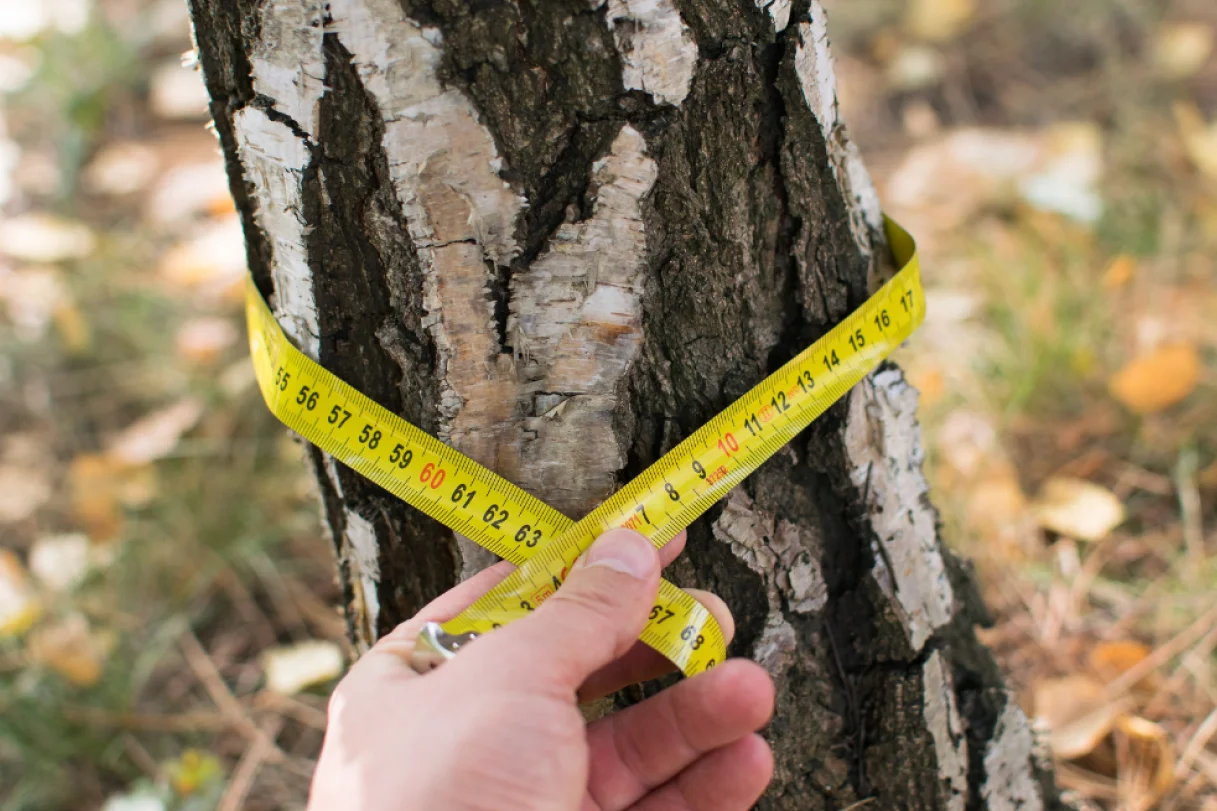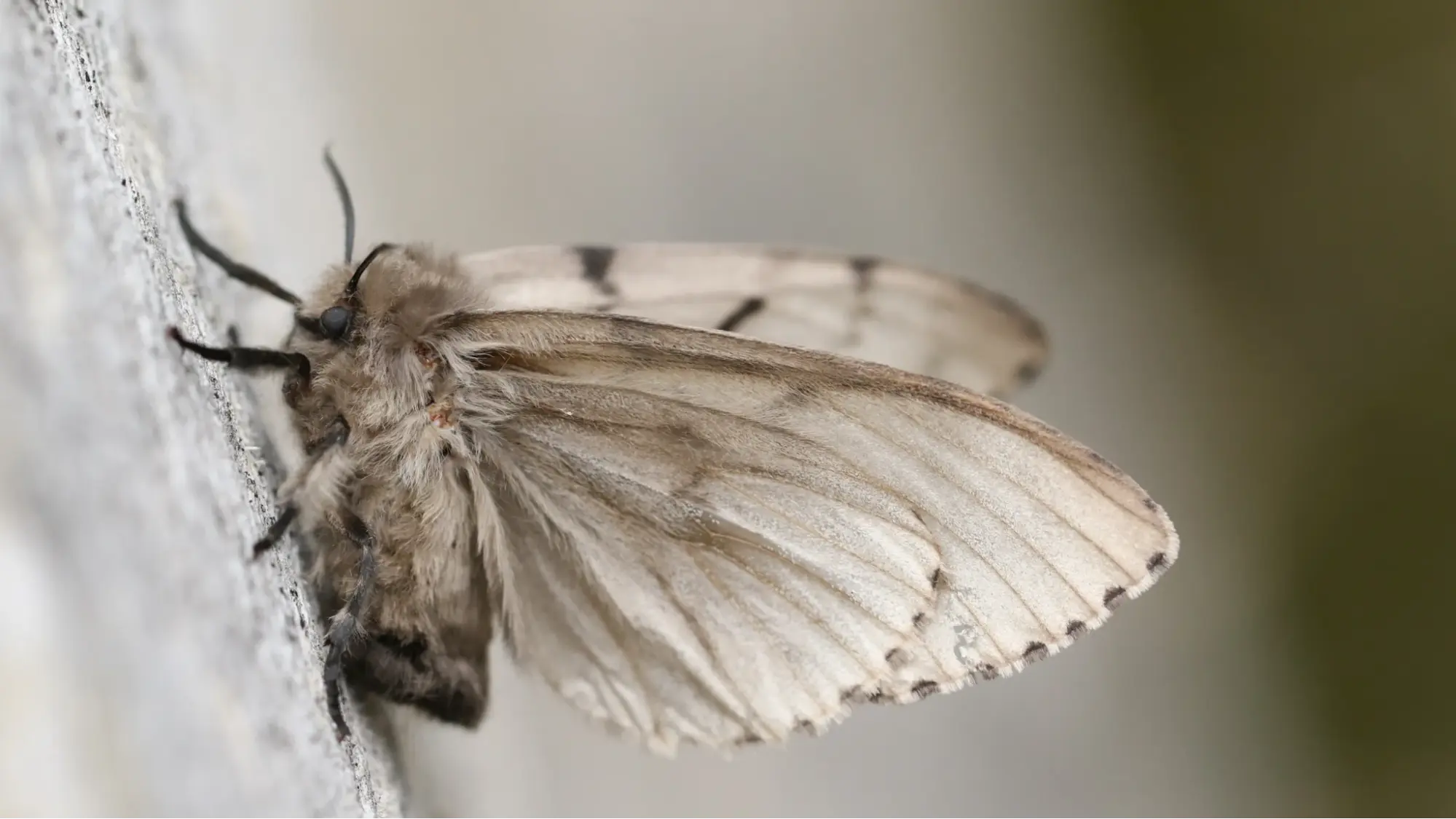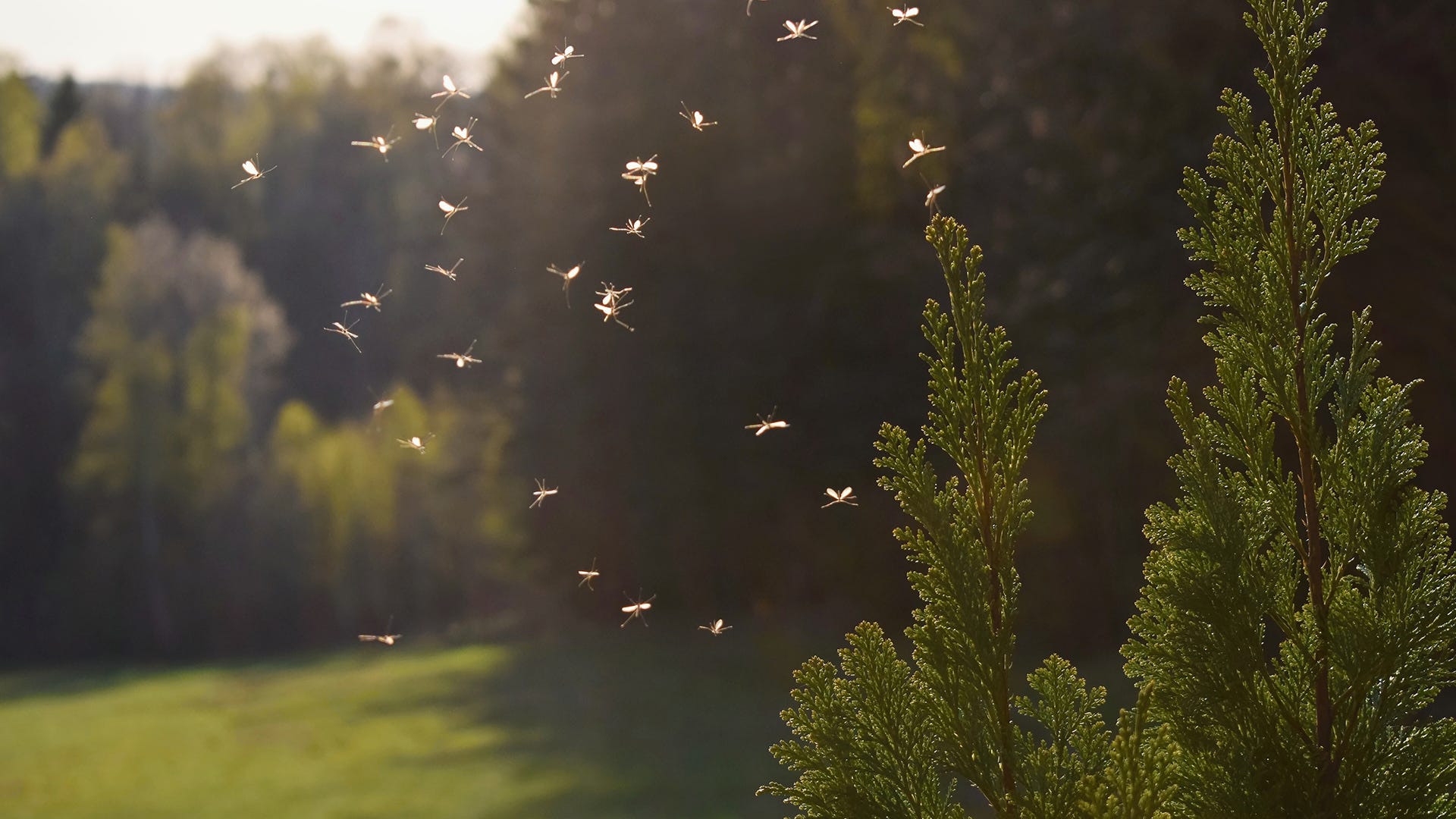Colder temperatures can bring a perilous time for trees. There are various ways that colder elements can bring harm to your landscape, ranging in reasons and methods of prevention.
Reasons for cold damage on trees can vary, but most commonly include root damage and extensive bark and core chewing by pests. Educate yourself on these common cold temperature tree issues as well as how to prevent them.
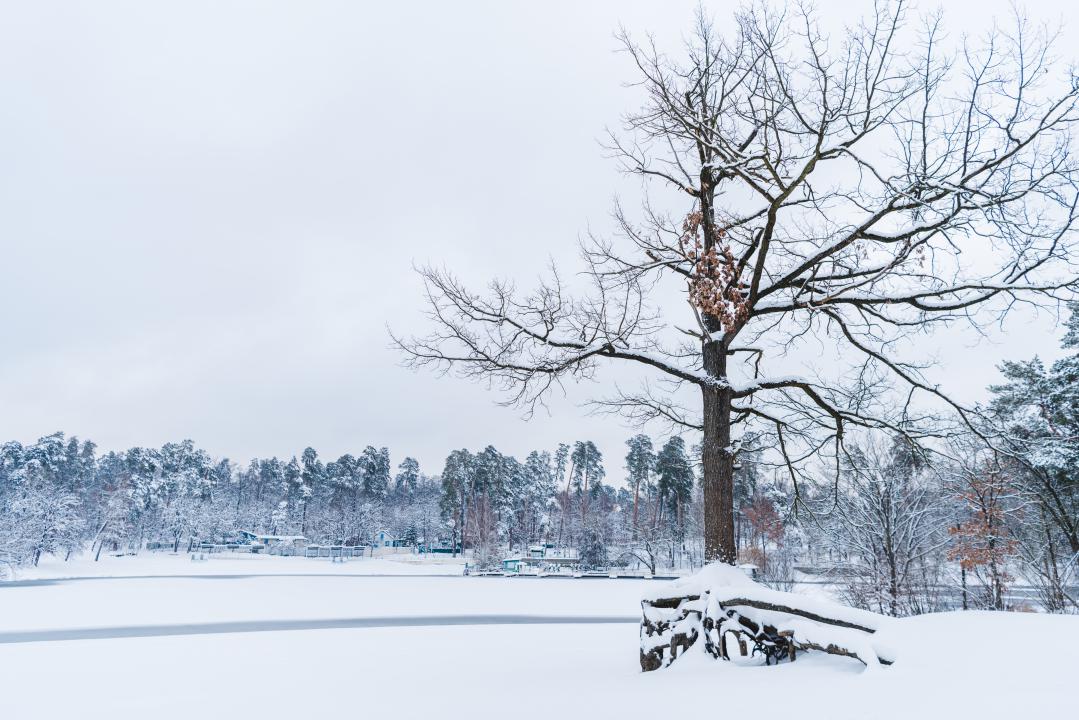
Preventing Winter Root Damage
Roots don't go dormant in the colder time of year as fast as stems, branches and buds do, so they are less able to manage these fast-changing and extreme conditions. Foundations of most trees and bushes go dormant later than branches because soil temperatures ordinarily take much longer to freeze compared to air temperatures.
Numerous variables also impact soil temperature. For example, sodden soil holds more warmth than dry soil, so ice entrance will be more profound and soil temperatures colder for sandy or dry soils.
Snow cover and mulch can go about as separators from the elements and keep soil temperatures higher. With more recently planted trees, breaks in the planting area soil permit cold air to infiltrate into the root zone, decreasing fall root development or killing recently grown roots.
How do you prevent winter root damage?
Cover the tree roots of recently planted trees and bushes with about 3 to 4 inches of wood mulch. Make a circle of mulch around the base of the tree by pulling the mulch away from the trunk to spread around 6 inches. This will keep unusual roots from forming and support the tree in colder conditions.
In the event that the fall has been dry, water the base of your tree vigorously before the ground freezes to decrease the risk of ice and frost infiltration.
Also check newly planted trees for breaks in the dirt andfill them with soil. Continued freezing and defrosting of soil in fall and spring makes soil grow and contract, which can harm roots and push bushes and newly planted trees out of the ground.
A 4-to 6-inch layer of mulch will forestall and prevent this expulsion by providing more consistent soil temperatures.
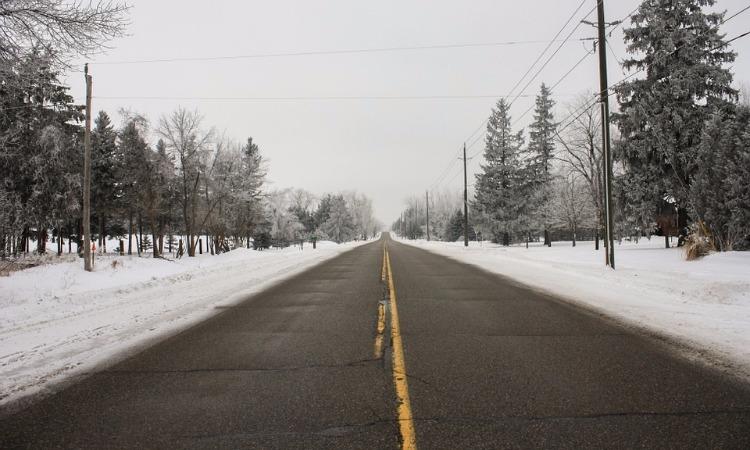
Preventing Harm Caused By Pests In Cold Temperatures
Among other common tree ailments that are provoked by cold weather such as sunscald, dieback, brown evergreen foliage and salt harm, diminishing temperatures can also hold your trees susceptible to harm caused by pests.
Mice, hares, voles and deer are all known to frequently to cause serious harm to plants in the colder time of year by chewing on twigs, bark, leaves and stems. They can eat bushes to the ground and kill trees and bushes by biting through and destroying their protective bark.
Generally, the best system for shielding your trees and bushes from chewing damage is to protect zones around them, erecting actual obstructions and barriers to keep pests from getting to your plants.
There are many protection options available to allow for the easy attachment and removal of such barriers, most of which are available at general landscaping stores.
Colder temperatures can bring about an abrupt mixture of conditions that can damage or kill trees when not protected properly. Make sure to always prepare and ready your trees for colder weather and the troubles it may bring by taking the preventative steps necessary to reduce the risk of cold weather root and chewing damage.
